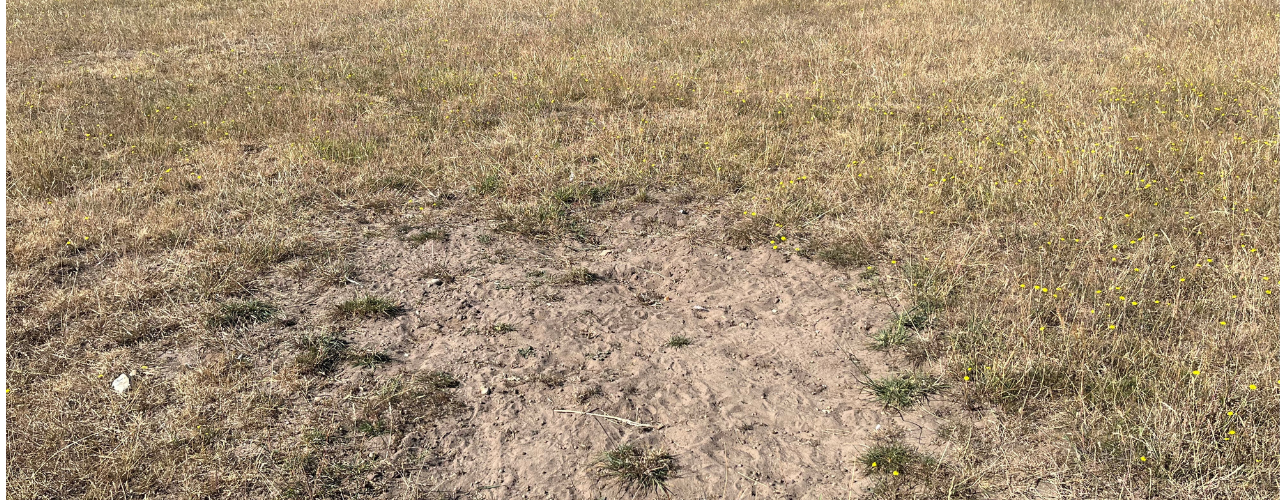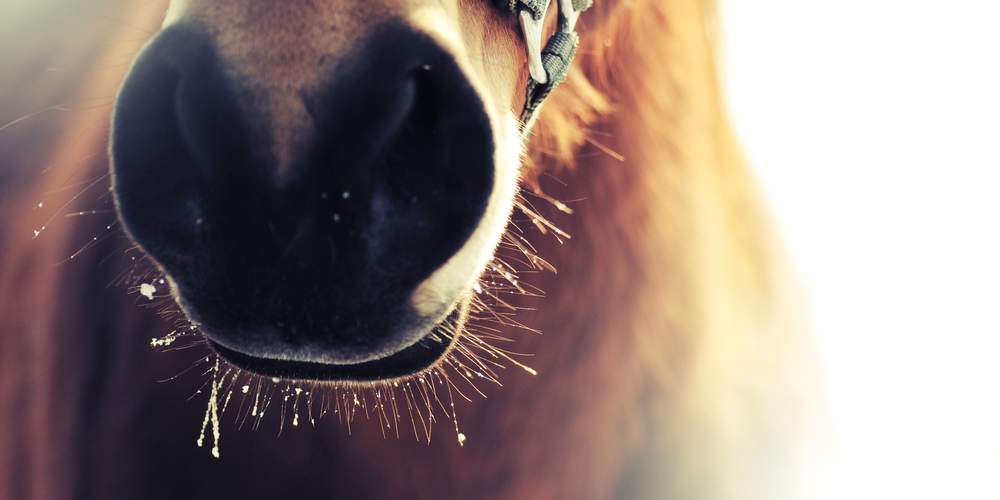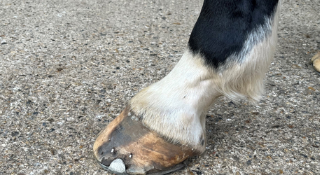
Be sand colic savvy
Keeping your horses on light sandy soil can mean less mud in the winter and easier paddock maintenance come the spring but with it...
13 July 2022
Read More
Viral and bacterial respiratory diseases are highly contagious and can pass rapidly from horse to horse, especially in a yard environment. Viral and bacterial particles survive for a much shorter time in fresh air, but the stale, damp, warm environment of a stable is the perfect atmosphere for disease survival. The most important diseases in this category are equine influenza, strangles and equine herpes virus.
Equine influenza
This highly contagious viral disease is the equine version of ‘flu’. It causes disease primarily of the upper respiratory tract but can spread to the lower airways. Two and three year old horses are commonly affected; however, disease can occur in any age of animal.
Signs include fever, coughing, nasal discharge, enlarged lymph nodes (‘glands’) under the jaw, lack of appetite, lethargy and in some cases muscle soreness and limb filling.
Strangles
This is one of the most commonly diagnosed respiratory diseases of the horse worldwide and is highly contagious.
The signs may include a high temperature, nasal discharge, enlarged glands around the head and neck that may form abscesses, coughing and difficulty swallowing. However the primary source of infection is most likely to be a carrier that shows no symptoms but can shed the bacteria to other horses for months to years.
Equine Herpes Virus (EHV)
This is a contagious virus which can cause respiratory disease, abortion and more rarely neurological disease. Sub-clinical respiratory infections can cause problems for the competition horse, with the associated loss of performance and the potential to affect the health of the whole yard.
Often the only complaint will be that the horse is not quite itself and not performing as expected. Once infected with EHV, a horse can harbour the virus throughout its life and during times of stress potentially shed the disease to other animals without showing any outward signs.
If you think your horse may have any symptoms of respiratory disease it’s sensible to isolate them immediately, into a clean, well-ventilated, dust free area, check temperature, pulse and respiratory rates and contact your vet to discuss the next course of action.
References
MM-10122

Keeping your horses on light sandy soil can mean less mud in the winter and easier paddock maintenance come the spring but with it...
13 July 2022
Read More
The fetlock is a hard-working, high motion hinge joint. It is the meeting point of the cannon bone, proximal sesamoid bones and th...
20 June 2022
Read More